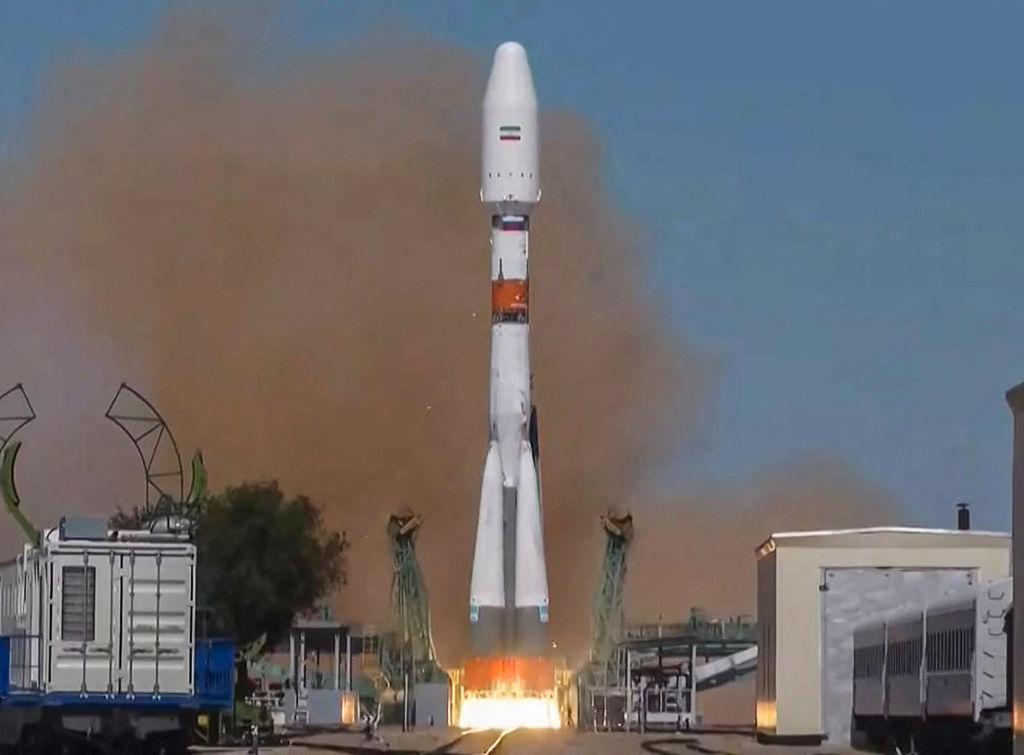Russian-Made Satellite To Boost Iran’s Earth-Imaging Capabilities

Credit: Yuri Kadobnov/AFP/Getty Images
A Russian Soyuz 2.1b rocket has successfully orbited Iran’s Khayyam Earth-remote sensing satellite. The launch took place at 8:52 a.m. Moscow time Aug. 9 from Baikonur spaceport in Kazakhstan. The Iranian Space Agency (ISA) later confirmed that the first telemetry data from the satellite had been...
Subscription Required
This content requires a subscription to one of the Aviation Week Intelligence Network (AWIN) bundles.
Schedule a demo today to find out how you can access this content and similar content related to your area of the global aviation industry.
Already an AWIN subscriber? Login
Did you know? Aviation Week has won top honors multiple times in the Jesse H. Neal National Business Journalism Awards, the business-to-business media equivalent of the Pulitzer Prizes.


